| Amount |
100g, 250g, 500g |
|---|---|
| Origin | |
| Recommeded Brewing Temp. | |
| Recommended Teaware | |
| Processing | |
| Brewing Method |
Huangjinya Tea
US $34.60 – US $173.00
Huangjin 黄金芽 is grown in Guangde, Anhui, which literally translates to “The golden buds”. The golden bud tea has been produced since the 1990s. The golden buds are yellow all year round, the tea leaves are bright yellow. Cultivated in recent years, the quantity is scarce.
Show only reviews in English (5)
You must be logged in to post a review.
Related products
Longjing Tea Type A
Osmanthus Fragrans Longjing
Lu’an Melon Seed Tea Type D
Lu'an Guapian Tea 六安瓜片 is grown in Anhui, which literally translates to “Lu'an Melon Seed tea”. Tea has been produced since 1905 and has a history of over 100 years. It is one of the ten best famous teas in China. Lu'an Melon Seed Tea uses the second leaf on the branch. Each leaf's central vein is removed and the leaves are pan-fried.
Among all the teas in the world, Lu'an Guapian is the only tea without buds and stems, made from a single leaf. The stems have been removed during the production process to ensure that the tea has a strong but not bitter taste and fragrant but not astringent.
Lu’an Melon Seed Tea Type C
Lu'an Guapian Tea 六安瓜片 is grown in Anhui, which literally translates to “Lu'an Melon Seed tea”. Tea has been produced since 1905 and has a history of over 100 years. It is one of the ten best famous teas in China. Lu'an Melon Seed Tea uses the second leaf on the branch. Each leaf's central vein is removed and the leaves are pan-fried.
Among all the teas in the world, Lu'an Guapian is the only tea without buds and stems, made from a single leaf. The stems have been removed during the production process to ensure that the tea has a strong but not bitter taste and fragrant but not astringent.
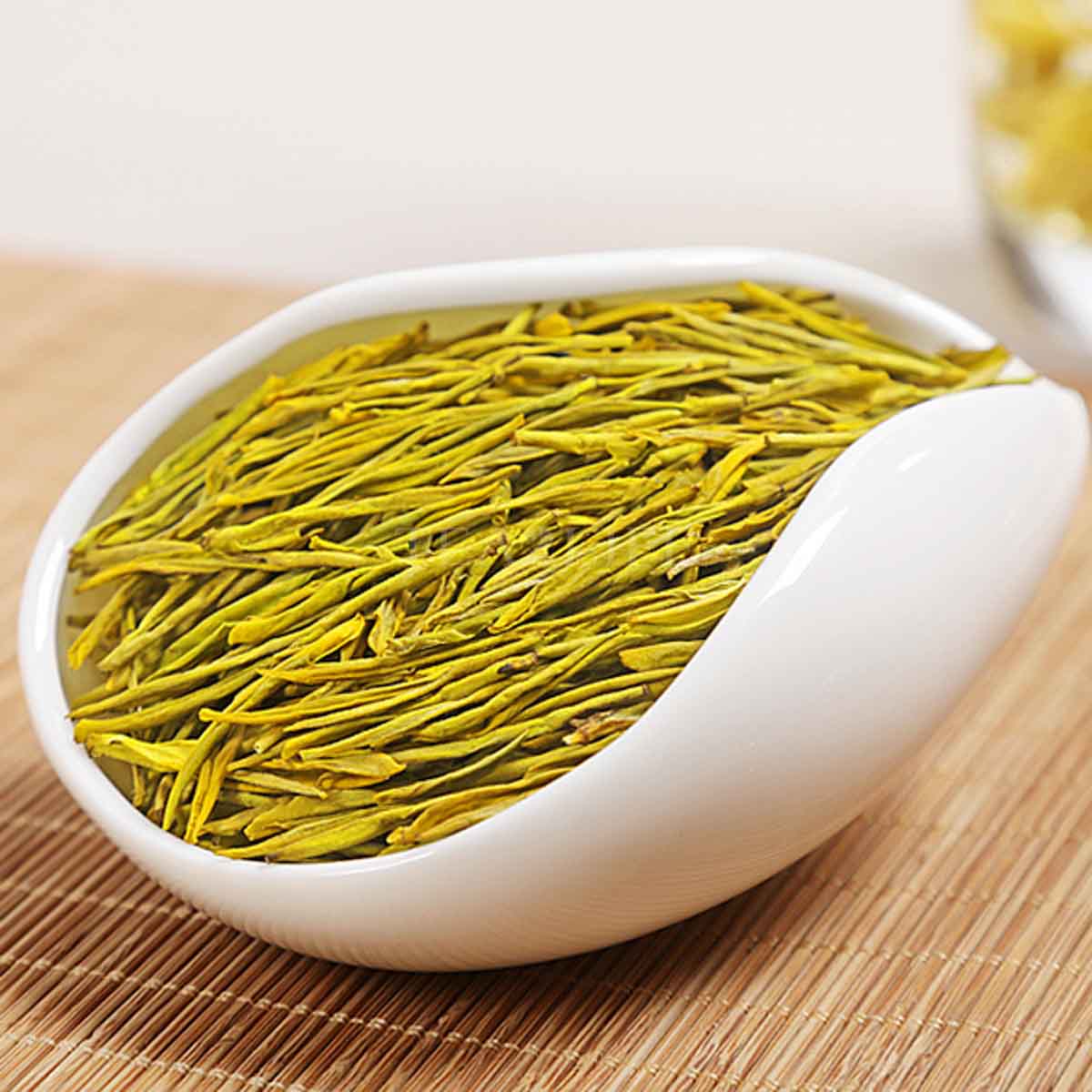
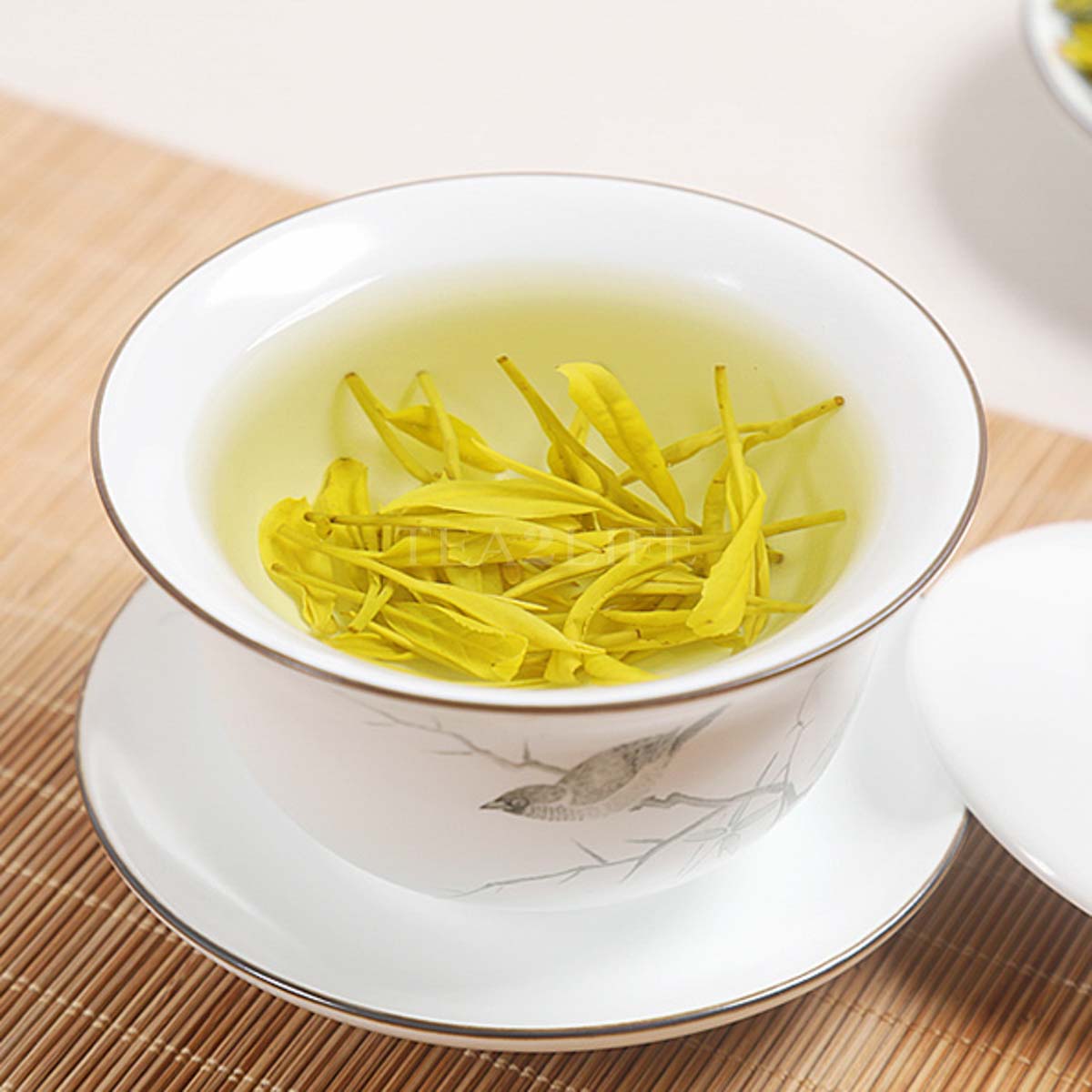
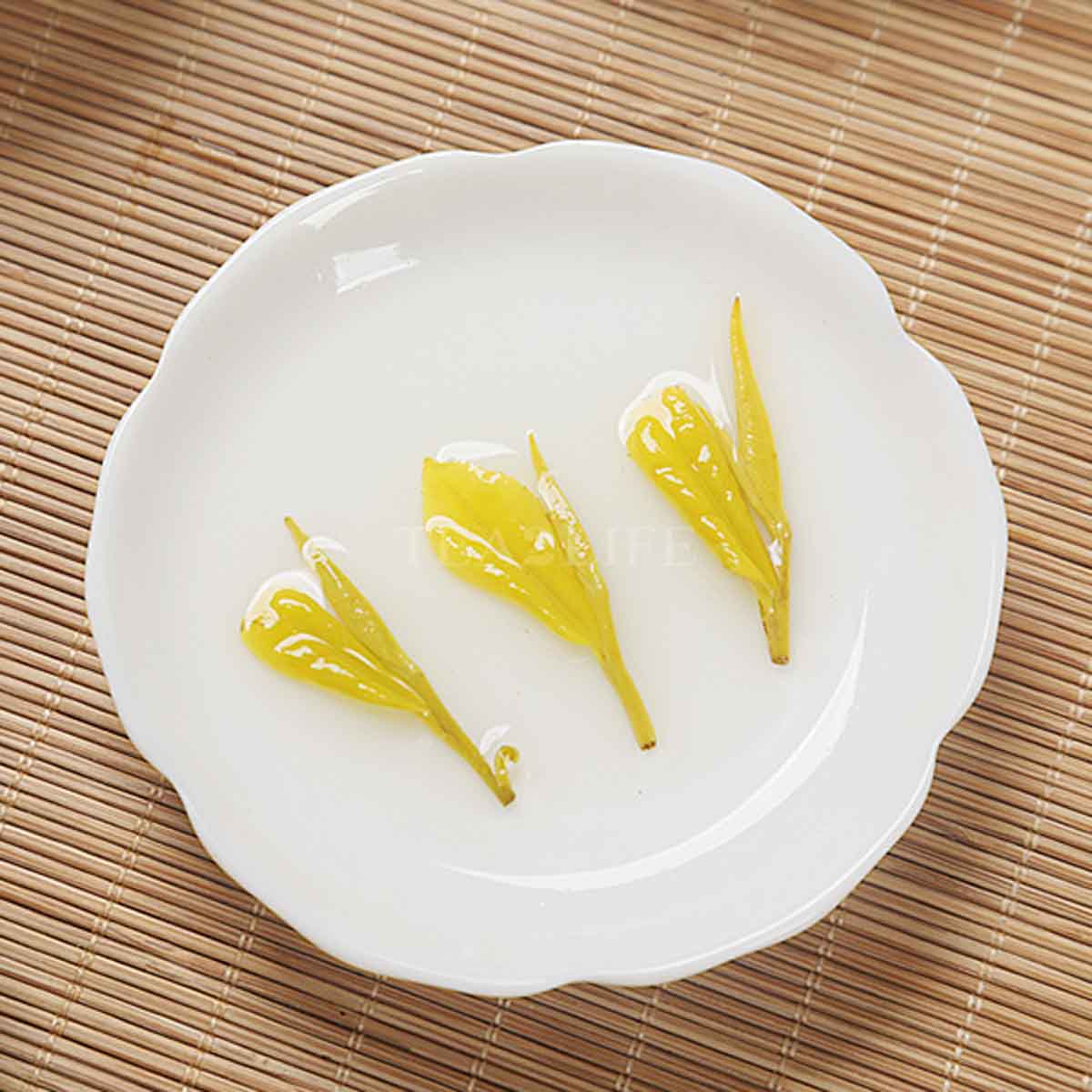
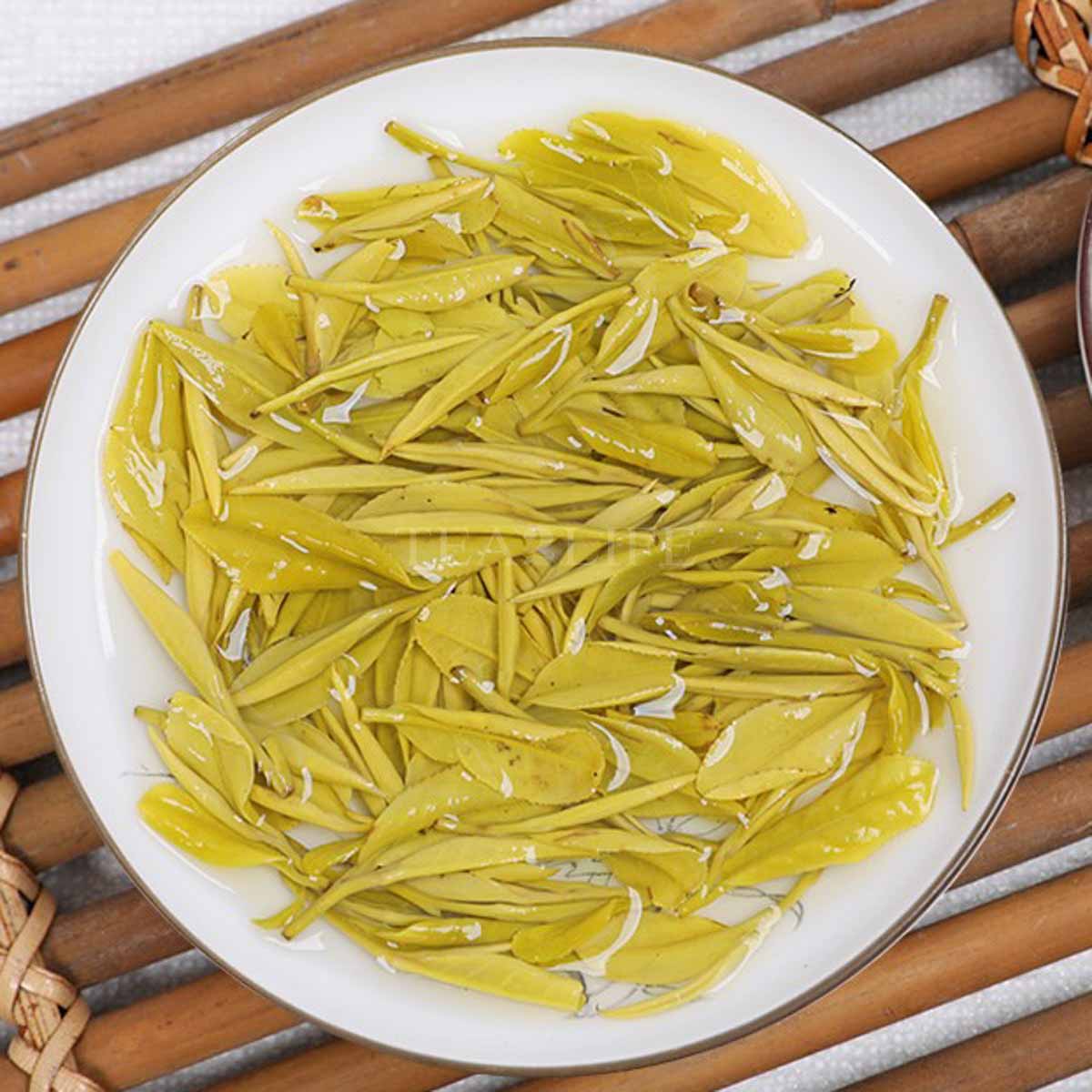
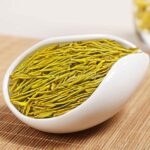
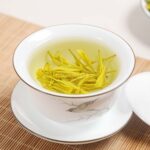
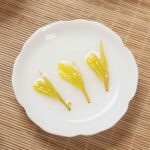

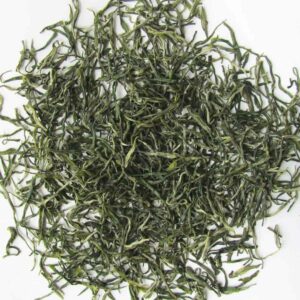
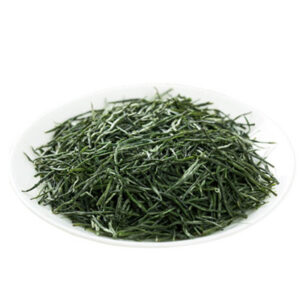
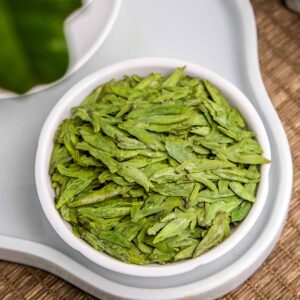
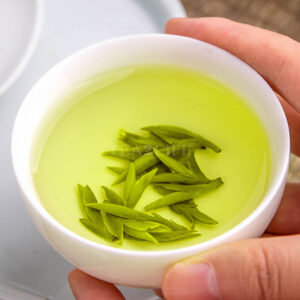
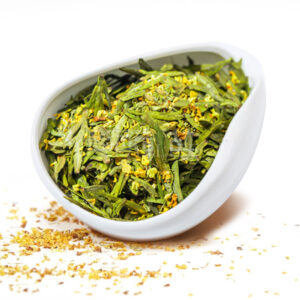
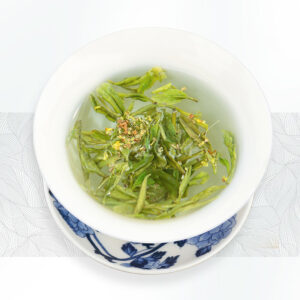
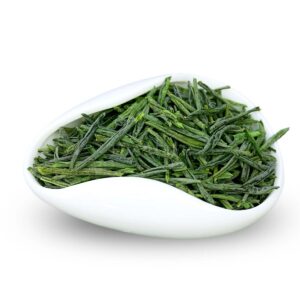
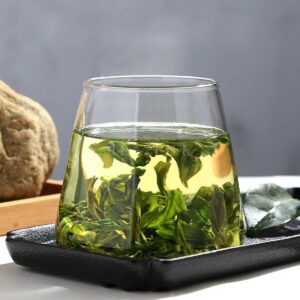
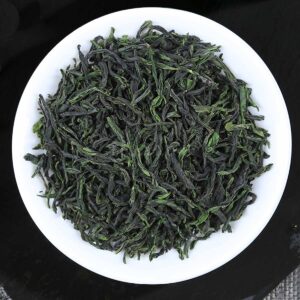
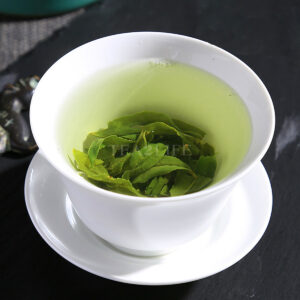
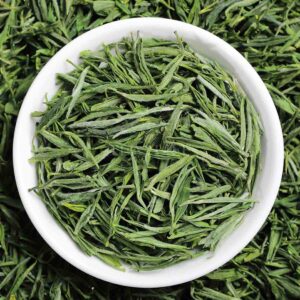
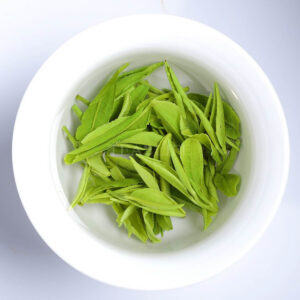
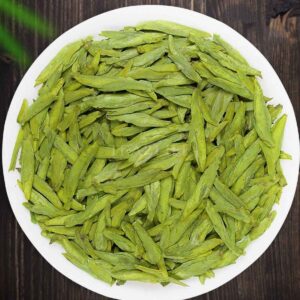
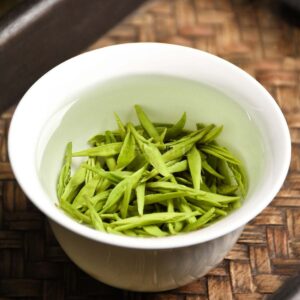
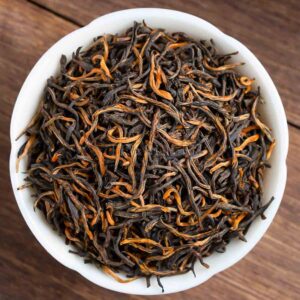
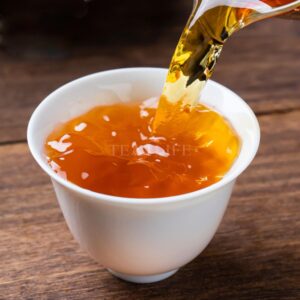
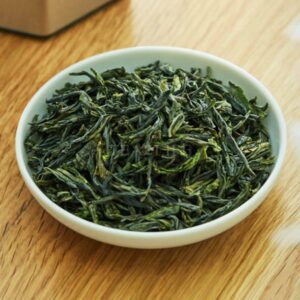


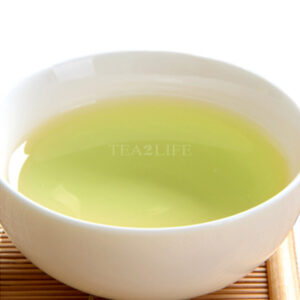
5 reviews for Huangjinya Tea